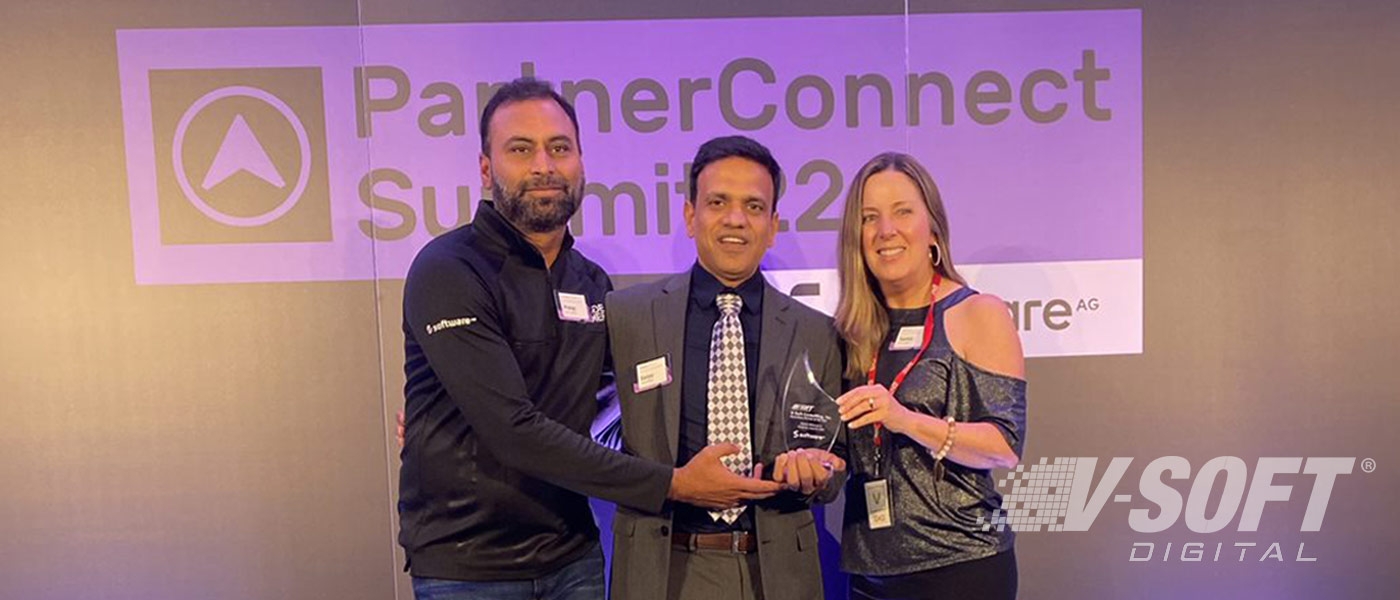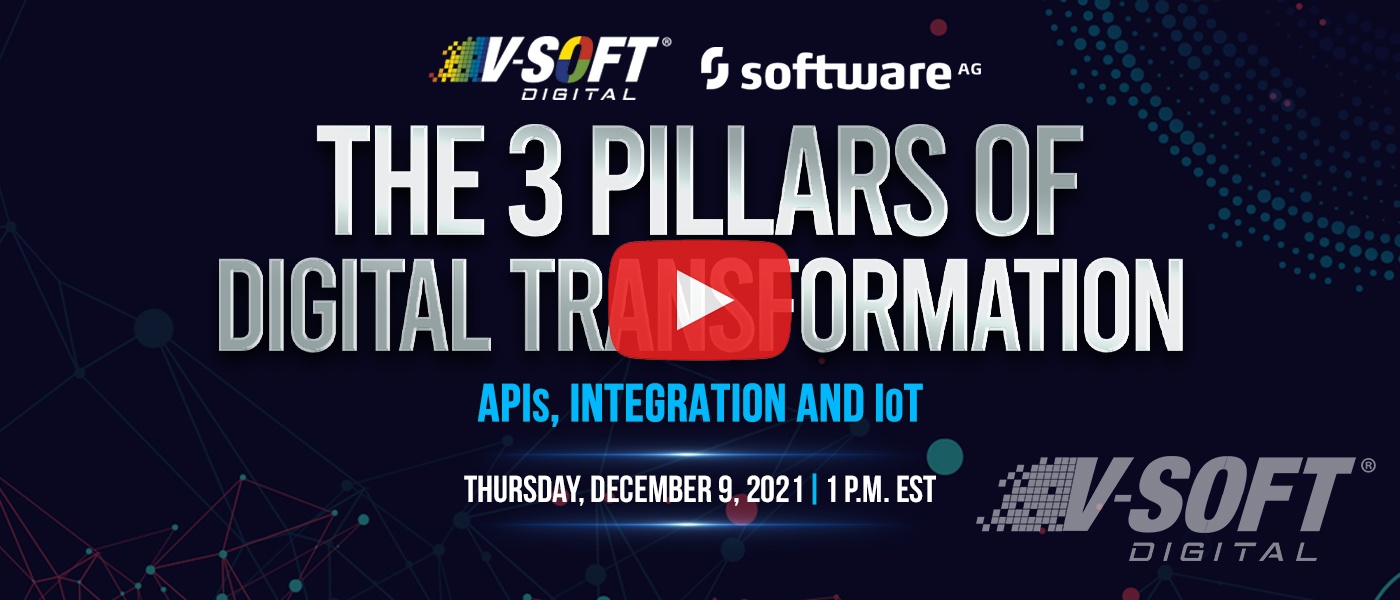What is a Hybrid Integration Strategy?
Digital transformation is an unavoidable path to stay competitive and be prepared for the future. Embracing innovative technologies is one major factor for business continuity and resilience during changing times. However, digital transformation has its own set of challenges. It is difficult, disruptive, and time-consuming, and if done incorrectly, can cost businesses money and market opportunities. Companies typically consider migrating to the cloud to reach their digital transformation goals, considering the unlimited scalability and dynamic ecosystem it offers. However, switching to the cloud can come with its own set of integration challenges. Here we discuss a new integration strategy, Hybrid Integration, to successfully connect new and legacy systems during digital transformation.
Why Do Businesses Choose a Hybrid Integration Strategy?
Many businesses have already invested in legacy systems and applications that form an integral part of their ecosystem. Custom applications and packages housed on-premises are critical to the business and cannot be relocated to the cloud. Yet, they need to be included in the digital transformation process. This is where hybrid integration comes in, offering a blend of on-premises and cloud deployments that allow businesses to ensure that the investments made in legacy systems don’t become redundant.
Software AG explains the need for Hybrid Integration in the short video.
What is a Hybrid Integration Platform?
Traditional integration toolkits may not be able to handle the increased complexity of a modern IT environment. For frictionless integration of digital transformation initiatives, Gartner suggests using a Hybrid Integration Platform. Digital transformation or more specifically, transitioning from on-premises to cloud takes considerable time and many businesses would take a phased approach, but still require their data to be connected and accessible to all applications whether deployed on-premises or on the cloud. With hybrid integration, systems deployed in different locations can communicate with each other and share data.
For a truly hybrid integration that doesn’t leave any gaps, everything and everyone should be properly connected. A hybrid integration platform (HIP) should support the following dimensions.
Personas – Apart from integration specialists, other users have roles to play in a hybrid integration strategy. These include ad hoc integrators who may have some technical expertise as well as citizen integrators who may lack technical expertise but have in-depth knowledge of business processes.
Integration Domains – Integration is not all about applications communicating with each other. This should extend to data analytics, automation, orchestration processes, and B2B partners/vendors.
Endpoints – Devices and data sources that make up an organization’s IT infrastructure need to be integrated. These devices and endpoints are diverse and no longer located only on-premises. With the adoption of cloud infrastructure, mobile devices, and IoT devices, there are many endpoints distributed across locations that need to be properly integrated.
Deployment Models – Hybrid integration has often been defined as integration of on-premises and cloud deployment but with the increased adoption of IoT devices, this new environment must be included too. Hybrid Integration strategy should now include on-premises, cloud, multi-cloud environments and embedded or IoT devices.
Summary
To lessen the cost of developing, testing, deploying, and maintaining the constantly expanding scope of hybrid integration, adopting a hybrid integration platform like Software AG’s webMethods can be a wise decision. With built-in APIs and connectors, the platform connects cloud and on-premises applications and data with minimum configuration.











